Did you know that a Birkin was a better investment than shares of the stocks market? Yes! If to believe one of my many, “I-read-it-here-so-of-course-it-must-be-true bibles of all First World issues of absolute vital importance (enough said ![]() ), the little ole Hermes Birkin handbag appreciates at a faster rate than the traditional share market. Who knew … but more on that later.
), the little ole Hermes Birkin handbag appreciates at a faster rate than the traditional share market. Who knew … but more on that later.
The reason I brought up that completely fascinating nugget is because the Birkin is all about luxury as is champagne and oysters which today, (again, with the festive season fast approaching and before the tips of etiquette from last week are nothing but a blurry memory) I want to let you in on the secrets of how polite society handles the consumption of these two rather decadent delights.
I’m hungry so let’s start with the food first ![]() …
…
As the famous quote by Jonathan Swift goes, he was a bold man that first ate an oyster. Pretty much sums up the general populace sentiment of love them or loathe them that oysters are lucky enough to be bestowed with don’t you think?
Anyhoo, down to the business of just how to devour this delicacy with true style …
Never ever use a fork to consume an oyster. Epitome of bad form I’m afraid. Instead, only use the fork provided (cos it will be) to check that it is ‘free and clear.’ And what does that mean? Well, if it’s a healthy oyster, it is closed and smells like a fresh ocean breeze; not a slimed fish that has been left on the back seat of the car in three days of 40C heat!
Despite what you may think, there are definitely different types of oysters, with distinct texture and taste, depending on the region of origin. Some are meatier, more savoury and brinier (even!) with a hint of saltwater flavour. These are a favourite of mine and I love them with a squeeze of lemon. Now if that’s all too deep sea fishing aquatic for your taste buds, there is always the more buttery oyster which tends to complement sweet pairings. So see, there is an oyster for every palette ![]()
Now whilst one should not use the fork, the fork placement is important: the oyster fork is always always always set on the right side of the table knife and it is a small (usually silver number) with three delicate prongs.
Finally … (biggie alert ![]() ) CONSUME IT WITH CARE!! And, an obvious note maybe I know, but forgotten by so many … smell it!!! Then check to see if there is any water as thats where the pong will be if its no good. Gently scrape the bottom of the oyster with a fork to avoid drips, hold the oyster by keeping the hinge toward the back of one’s hand and delicately add any desired condiments. Then tilt your head back or discreetly suck (but most definitely a lady-like slurp puhleese
) CONSUME IT WITH CARE!! And, an obvious note maybe I know, but forgotten by so many … smell it!!! Then check to see if there is any water as thats where the pong will be if its no good. Gently scrape the bottom of the oyster with a fork to avoid drips, hold the oyster by keeping the hinge toward the back of one’s hand and delicately add any desired condiments. Then tilt your head back or discreetly suck (but most definitely a lady-like slurp puhleese ![]() ) it up if it floats in sediment. And as a finishing note, turn the shell over when done.
) it up if it floats in sediment. And as a finishing note, turn the shell over when done.
Mm, have to say that I have never encountered that last note in all my years of oysters feasting … How about you?
Till next time.
Tipsy Pipsy xo
OMG!!! I just realised I totally forgot to mention champagne. Sacrilege! How did that happen??? … Oy Vey … guess what’s coming very soon ![]()
Oyster tips courtesy Sarah Solomon

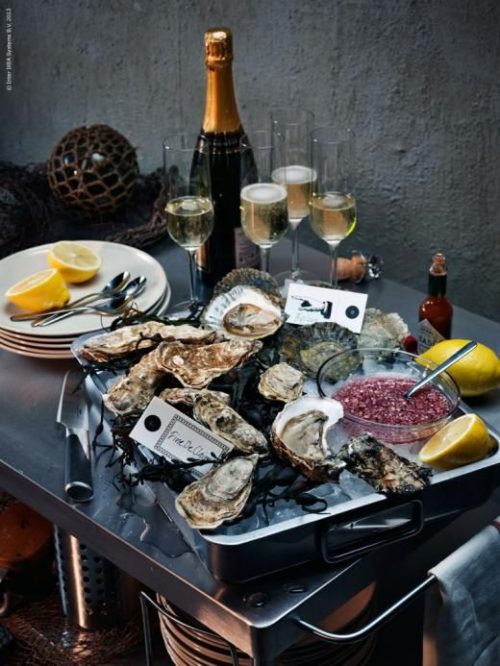
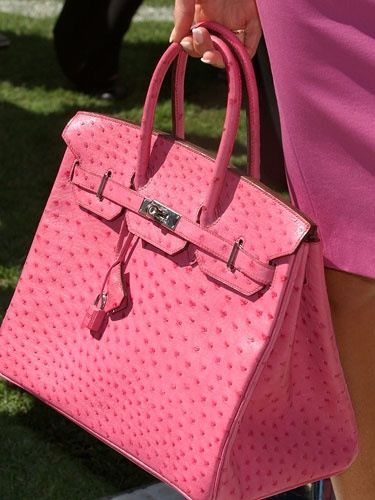

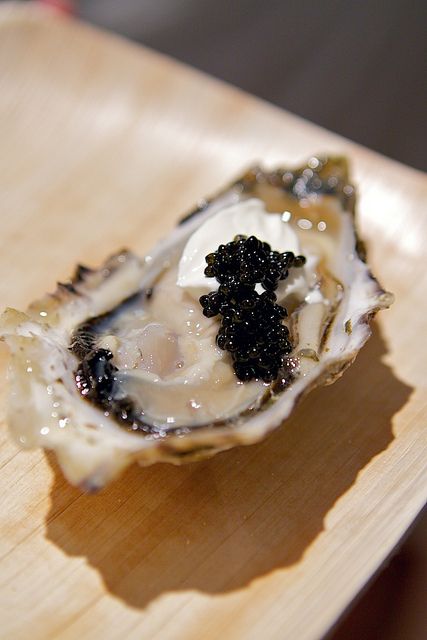
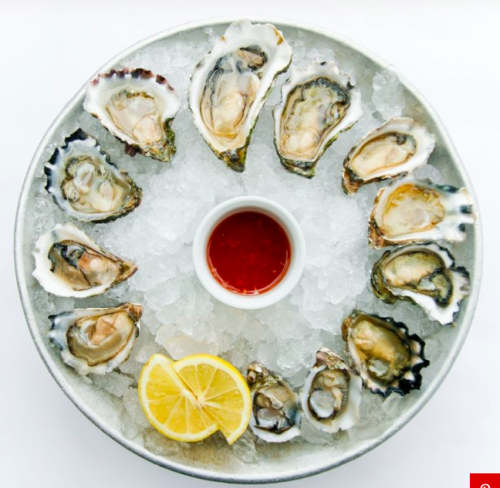
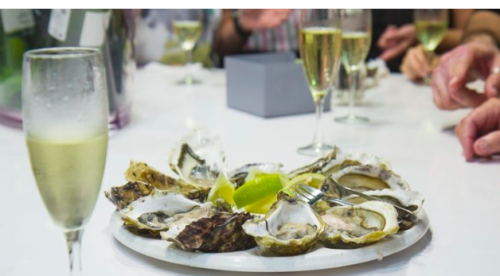


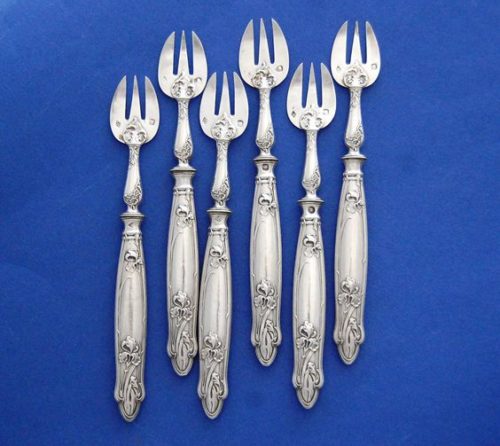
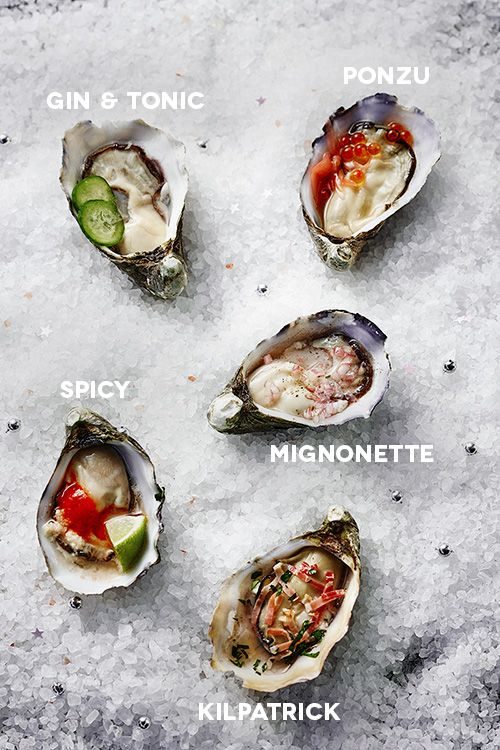
I love your oyster blog……..even tho I can’t stand oysters!!!
Completely chuffed you enjoyed it xo
delicious!
In total agreement